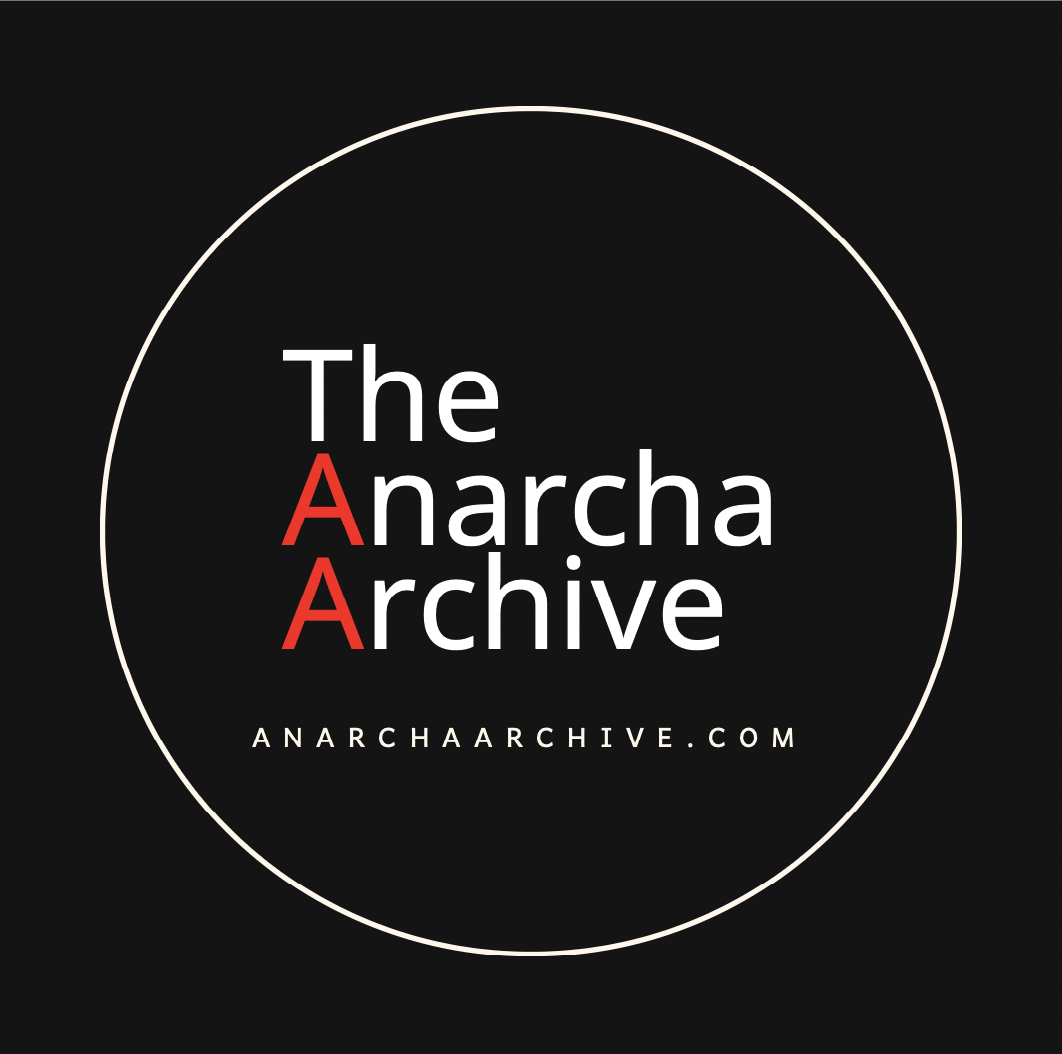“…they made balls…”
“They played Town Ball…”
“The girls played with hoops…”
“…frog houses and mud people…”
“They made dolls…”
“They watched doodle bugs…”
“The girls…”
“…made hats from hickory leaves…”
“…became their horse lot.”
“…little distinction between the white and black children…”
“…their former playmates…”
“…grown-up clothes…”
“…they made balls…”
Narratives of William McWhorter and Sam T. Stewart.
Library of Congress. (2018). Slave narratives: A folk history of slavery in the U.S., Georgia Narratives, Vol. 3, p. 100; North Carolina Narratives, Vol. 2, p. 322.
“They played Town Ball…”
Narratives of John Davenport and William Curtis.
Library of Congress. (2018). Slave narratives: A folk history of slavery in the U.S., Oklahoma Narratives, Vol. 1, p. 48; South Carolina Narratives, Vol. 1, p. 241.
“The girls played with hoops…”
Narrative of Cora M. Taylor.
Library of Congress. (2018). Slave narratives: A folk history of slavery in the U.S., Florida Narratives, Vol. 1, p. 306.
Cora M. Taylor
“…frog houses and mud people…”
Narrative of Campbell Davis.
Library of Congress. (2018). Slave narratives: A folk history of slavery in the U.S., Texas Narratives, Vol. 1, p. 286.
Campbell Davis
“They made dolls…”
The doll pictured in The Anarcha Quest is said to be from the Westcott plantation. It is in the possession of Gerald Thompson, a Westcott family descendant.
Narrative of Silvia King.
Rawick, G. P., Hillegas, J., & Lawrence, K. (1978). The American slave: A composite autobiography: supplement, series 2. Westport, Conn: Greenwood Pub, Vol. 6, Texas, p. 2230.
“They watched doodle bugs…”
Narrative of Hagar Lewis.
Library of Congress. (2018). Slave narratives: A folk history of slavery in the U.S., Texas Narratives, Vol. 3, p. 7.
Hagar Lewis
“The girls…”
The images of the names of Anaka, Rachel, Anna, and Mary come from the 1828 Westcott plantation inventory. The images of Harriet and Susannah come from the 1841 inventory. All documents are held at the Montgomery County Archives in Montgomery, Alabama.
Harriet and Priscilla (Susannah) Westcott were born in 1825 and 1830, respectively.
“…made hats from hickory leaves…”
Narrative of Lizzie Davis.
Library of Congress. (2018). Slave narratives: A folk history of slavery in the U.S., South Carolina Narratives, Vol. 1, p. 294.
Lizzie Davis
“…became their horse lot.”
Narrative of Hagar Lewis.
Rawick, G. P., Hillegas, J., & Lawrence, K. (1978). The American slave: A composite autobiography: supplement, series 2. Westport, Conn: Greenwood Pub, Vol. 6, Texas, p. 2331.
Hagar Lewis
“…little distinction between the white and black children…”
See “The Westcott children and the Westcott slave children…,” above.
“…their former playmates…”
The images of the names of Isham, Minden, Charles, Manuel, and Ben come from the 1828 Westcott plantation inventory. All documents are held at the Montgomery County Archives in Montgomery, Alabama.
“…grown-up clothes…”
Narratives of John F. Van Hook, Henry Wright, and Dan Bogie.
Library of Congress. (2018). Slave narratives: A folk history of slavery in the U.S., Georgia Narratives, Vol. 4, pp. 76, 197; Kentucky Narratives, Vol. 1, p.2.



















